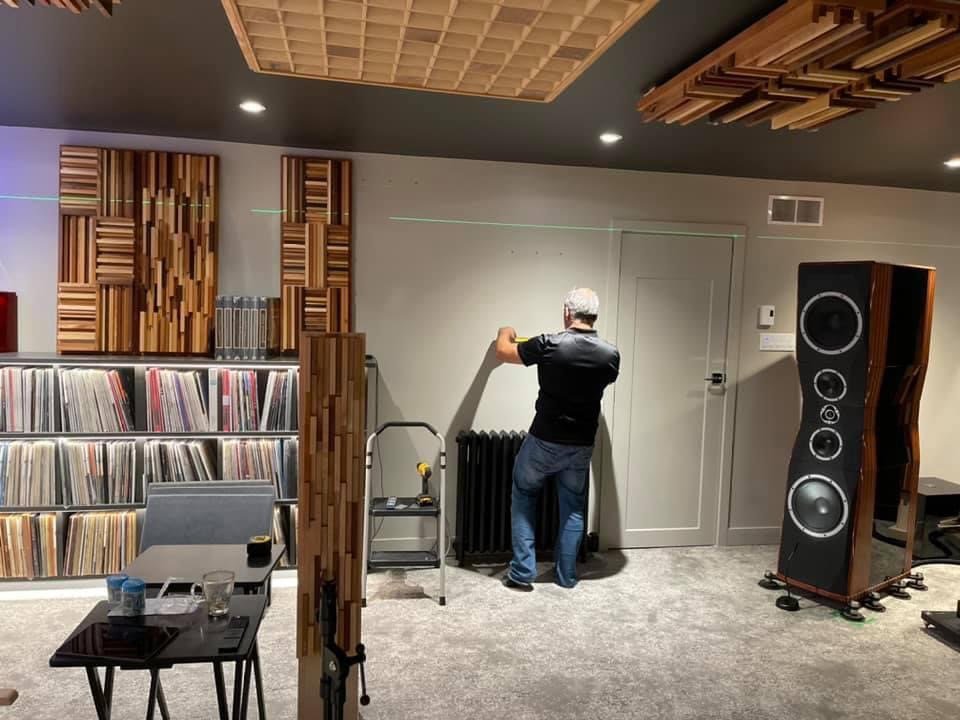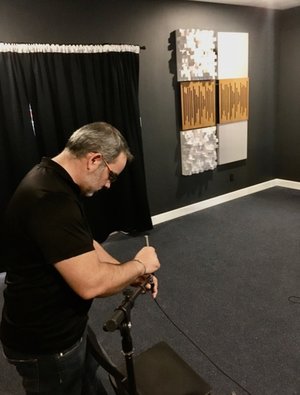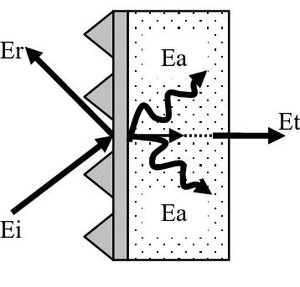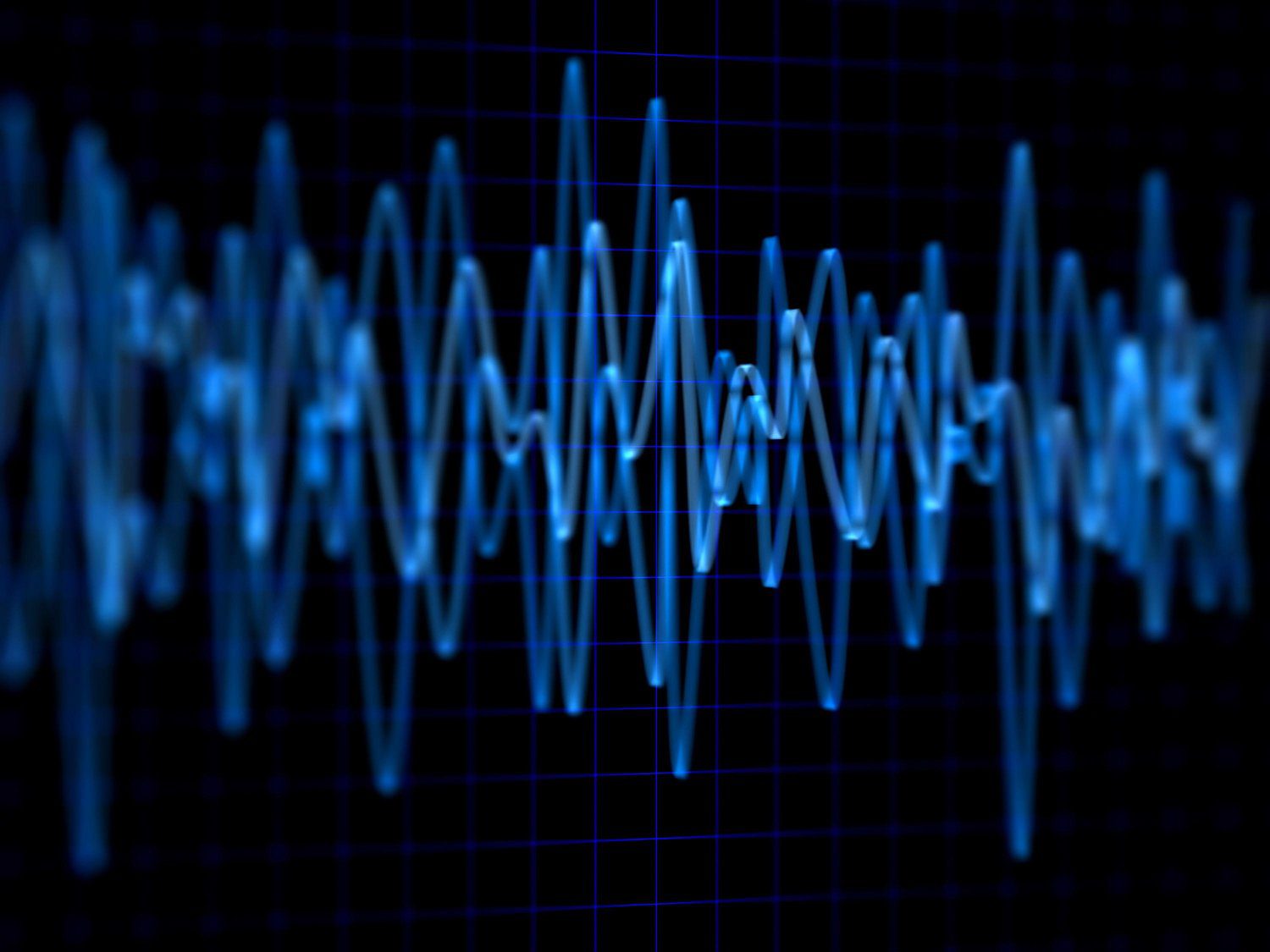
“Treating your room right” is a new series dedicated to acoustic treatment. Rarely, if ever, do audio magazines broach the subject of acoustic treatment, to your detriment. The simple truth is room treatments will help you get the most from your audio system. In fact, unless your room’s acoustic anomalies are addressed, it doesn’t matter how expensive your system cost, it’s not sounding nearly as good as it should. In this series, written by Michel Gagnon, a professional in the acoustics field, you’ll learn everything you need to know to make your room disappear and your sound blossom like never before.
***

Would you drive a Formula 1 racing car on a gravel road? Not if you could help it, right? Because on a gravel road, you know that a Formula 1 car can’t reveal its potential. Yet, it’s akin to what a lot of audiophiles do when they play their high-end audio system in an untreated room—they’re not hearing how good their system can sound.
The F1 / gravel road metaphor is the first thing that pops into my mind every time I see a photo of a high-end system in a magazine or on the web installed in a substandard listening environment. Why do people who otherwise constantly try to improve their musical experiences overlook something as fundamental as the room’s effect on the sound? Beauty, of course! Or lack thereof. Taken too far or done willy-nilly, treating a room can turn into a visual nightmare. Another reason why room treatments aren’t as popular as other audiophile upgrades comes down to inexperience. The average audiophile simply doesn’t know enough about room acoustics to know which treatments to use and how.
I’m here to help change that. Across this series, not only will I do my best to explain how exactly to do room treatments right, visually and sonically, but show you that it was worth the trouble of doing it because your room will sound so much better!
Speaking of which: have you been under the impression lately that your system sounds worse than it used to? That it fails to give you the goosebumps it once did? Maybe the feeling was compounded when you listened to your system shortly after you’d listened to your friend’s system, or returned from a concert in an intimate venue? So, what happened to your sound? Probably… the acoustics !
Let’s look at this lack of “goosebumps” situation closer. With time, the sound of an audio component evolves. The constant flow of electric current alters how it operates and sounds. While this is happening, our hearing adapts better to certain changing frequencies than others.
You might also notice shifts in your system’s performance: the right side of the sonic image now seems vague, lacking the precision of the left side. Your low frequencies seem more restrained than usual, but when you take a few steps forward, the bass is all there. The trumpet from a recording you know well doesn’t sound as real or close to you as before.

One of the main objectives of a good sound system is to recreate a realistic soundstage that allows the speakers to “disappear”. This is not an easy goal to achieve for a variety of reasons, not least of which has to do with my specialty—room acoustics. In the course of this series, I’ll try to demystify all the elements of room acoustics to help you better understand what’s going on in your listening, and, in the process, help you achieve the soundstage of your dreams.
So where do you begin when it comes to treating your room? Let’s start by listening to a “reference” track. It doesn’t have to be perfectly recorded, but it should, having heard it dozens or hundreds of times, be clear to you, by way of your auditory memory, how it should sound. Importantly, don’t let your eyes guide you. Close them and listen for clues. I’m not addressing the music lover inside of you but the audiophile. Is the bass still gut-punching? The imaging still solid? The details as copious? If not, then the problem is likely acoustics-related; in other words, it has to do with how the changing performance of your equipment is interacting with your listening room.
Now consider that everything with a surface is an acoustic panel—your sofa, the curtains, the coffee table, the LP rack, you, etc. You already know that a furnished room no longer has the same reverberation time, or RT/60*, as when it was empty. Is reverberation a bad thing? Of course not! It’s the most important thing. You need it to allow the sound to travel, express itself, and sound alive! The trick is to have just the right amount of it.
Loudspeakers propel the sound and the frequencies are subsequently absorbed or reflected depending on the surface they hit. Too much absorption or reflection can cause acoustic imbalances that prevent your loudspeakers from “disappearing”, making the sound mushy, bright or otherwise unbalanced.

A RT/60 above .5 seconds is considered high and below .3 seconds as low. But don’t worry. If your RT/60 is off, acoustic treatment can help. I’ll provide you with the technical assistance, tools, figures, and comparative tables to help you visualize the invisible and become a room treatment expert, in the process helping you get the most from the gear you have. I will empower you by making you privy to techniques I’ve developed and tested over many years. I can’t wait for you to hear what a difference acoustic treatments can make in your own room!
Always feel free to comment positively, negatively (but not insultingly, please), or just to ask questions. No need to be shy among us audio enthusiasts!
*Reverberation time is the time required for the sound to “fade away” or decay in a closed space. Sound in a room will repeatedly bounce off surfaces such as the floor, walls, ceiling, windows or tables. When these reflections mix, a phenomenon known as reverberation is created. Reverberation reduces when the reflections hit surfaces that can absorb sound such as curtains, chairs and even people. The reverberation time of a room or space is defined as the time it takes for sound to decay by 60dB. For example, if the sound in a room took 10 seconds to decay from 100dB to 40dB, the reverberation time would be 10 seconds.—www.cirrusresearch.co.uk










Leave a Reply